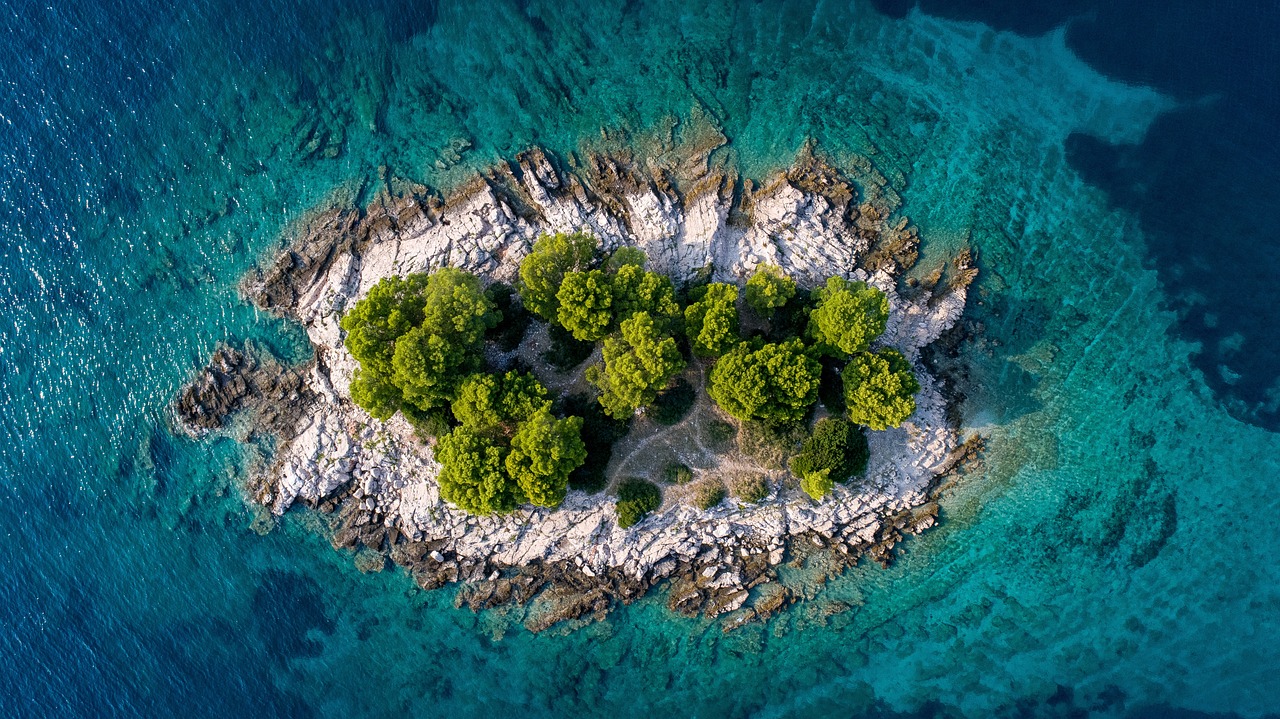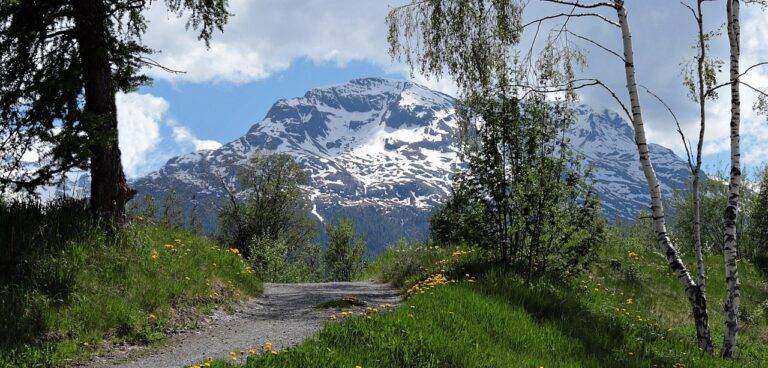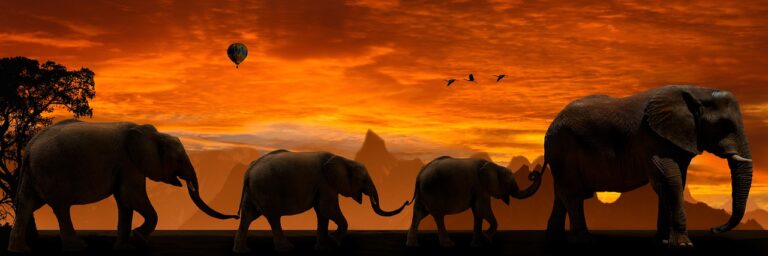Night Photography in Urban Travel: Capturing Cityscapes and Illuminated Landmarks
Urban night photography presents a unique set of challenges and opportunities for photographers. One of the essential elements to consider is the use of a sturdy tripod to ensure sharp and stable images in low light conditions. Without a tripod, capturing clear photos during the night can be extremely difficult due to the longer exposure times required.
Additionally, familiarizing yourself with the manual settings on your camera is crucial for urban night photography. Adjusting the aperture, ISO, and shutter speed allows you to control the amount of light entering the camera and create stunning nighttime shots with the desired level of brightness and sharpness. Experimenting with different settings will help you understand how each parameter impacts the final image, enabling you to capture the vibrant essence of cityscapes after dark.
Choosing the Right Camera Gear
When it comes to selecting the right camera gear for urban night photography, there are a few key considerations to keep in mind. Firstly, opt for a camera that performs well in low light conditions and has a good high ISO performance. This is crucial for capturing sharp and noise-free images in the dark urban environment. Additionally, having a camera with manual control options will give you more flexibility to adjust settings according to the specific lighting situations you encounter.
In addition to choosing the right camera body, selecting the appropriate lenses is equally important for urban night photography. Wide-angle lenses are popular among night photographers as they allow for capturing more of the cityscape and the intricate details of the urban environment. Prime lenses with wide apertures, such as f/1.8 or f/2.8, are also great choices for achieving stunning bokeh effects in your night shots. Consider investing in lenses that suit your preferred shooting style and help you achieve the desired look and feel in your urban night images.
Understanding Exposure Settings
When it comes to capturing stunning night shots in urban settings, mastering exposure settings is essential. Adjusting the exposure allows you to control how light enters your camera, ultimately influencing the brightness or darkness of your photos. Understanding exposure settings involves knowing how to manipulate the aperture, shutter speed, and ISO to achieve the desired level of brightness and clarity in your images.
The aperture setting determines how much light enters the camera through the lens. A lower f-stop value results in a wider aperture, allowing more light to reach the sensor. This is ideal for capturing well-lit urban scenes at night. On the other hand, a higher f-stop value creates a narrower aperture, which is useful for reducing the amount of light in extremely bright conditions. Mastering aperture settings will give you the flexibility to adapt to different lighting situations and create captivating night photos.
What are exposure settings?
Exposure settings refer to the settings that control the amount of light that enters the camera sensor, including aperture, shutter speed, and ISO.
Why are exposure settings important in photography?
Exposure settings play a crucial role in determining the overall brightness and quality of your photographs. Proper exposure settings can make or break a photo.
How do exposure settings impact urban night photography?
In urban night photography, exposure settings are particularly important as they help you capture the intricate details of the cityscape under low light conditions.
How do I choose the right exposure settings for urban night photography?
Experiment with different combinations of aperture, shutter speed, and ISO to find the perfect balance that allows you to capture clear and sharp night shots.
What camera gear is essential for urban night photography?
A camera with manual exposure controls, a sturdy tripod, and a wide-angle lens are essential gear for urban night photography.
How can I improve my understanding of exposure settings?
Practice using your camera’s manual mode and experiment with different exposure settings to gain a better understanding of how they affect your photos.





